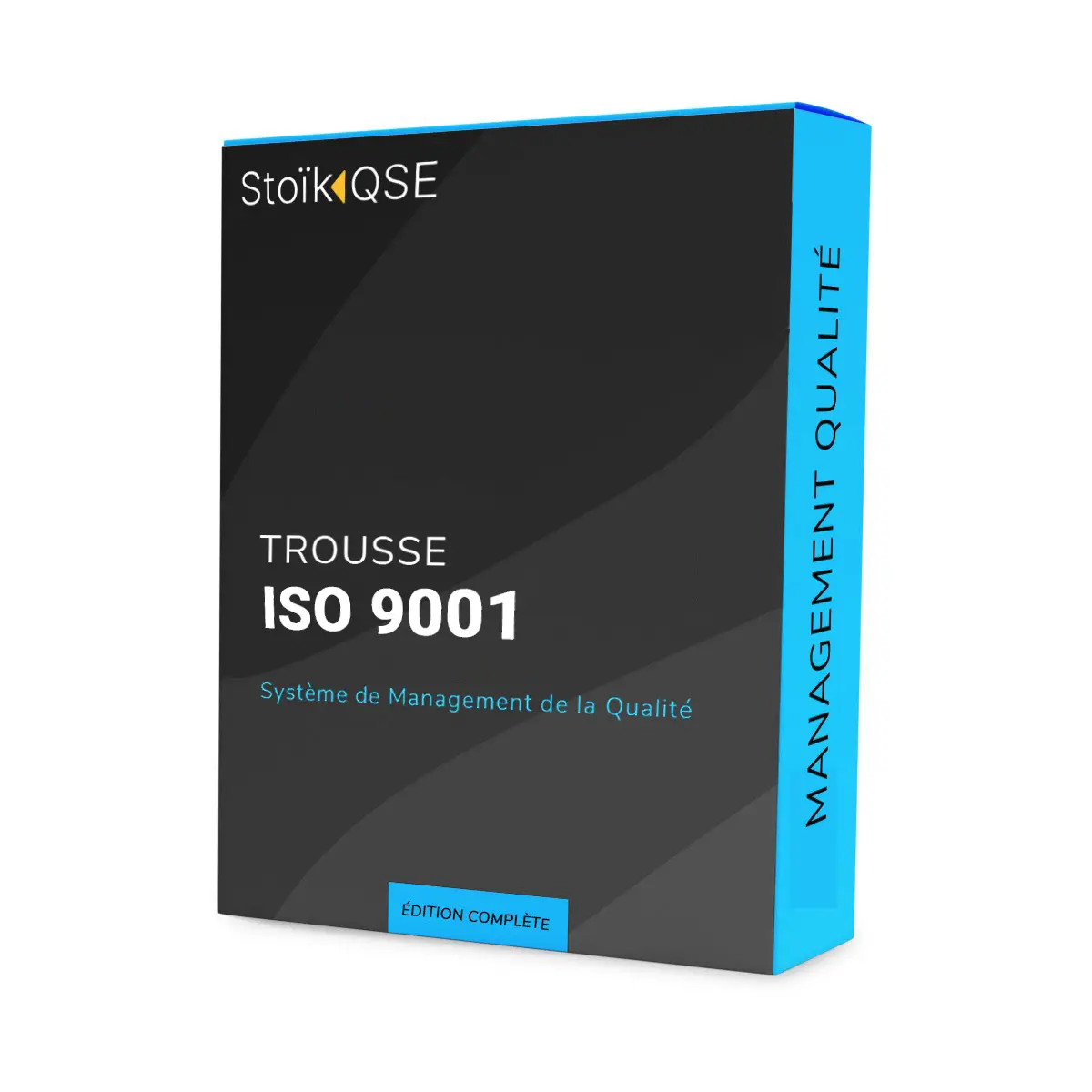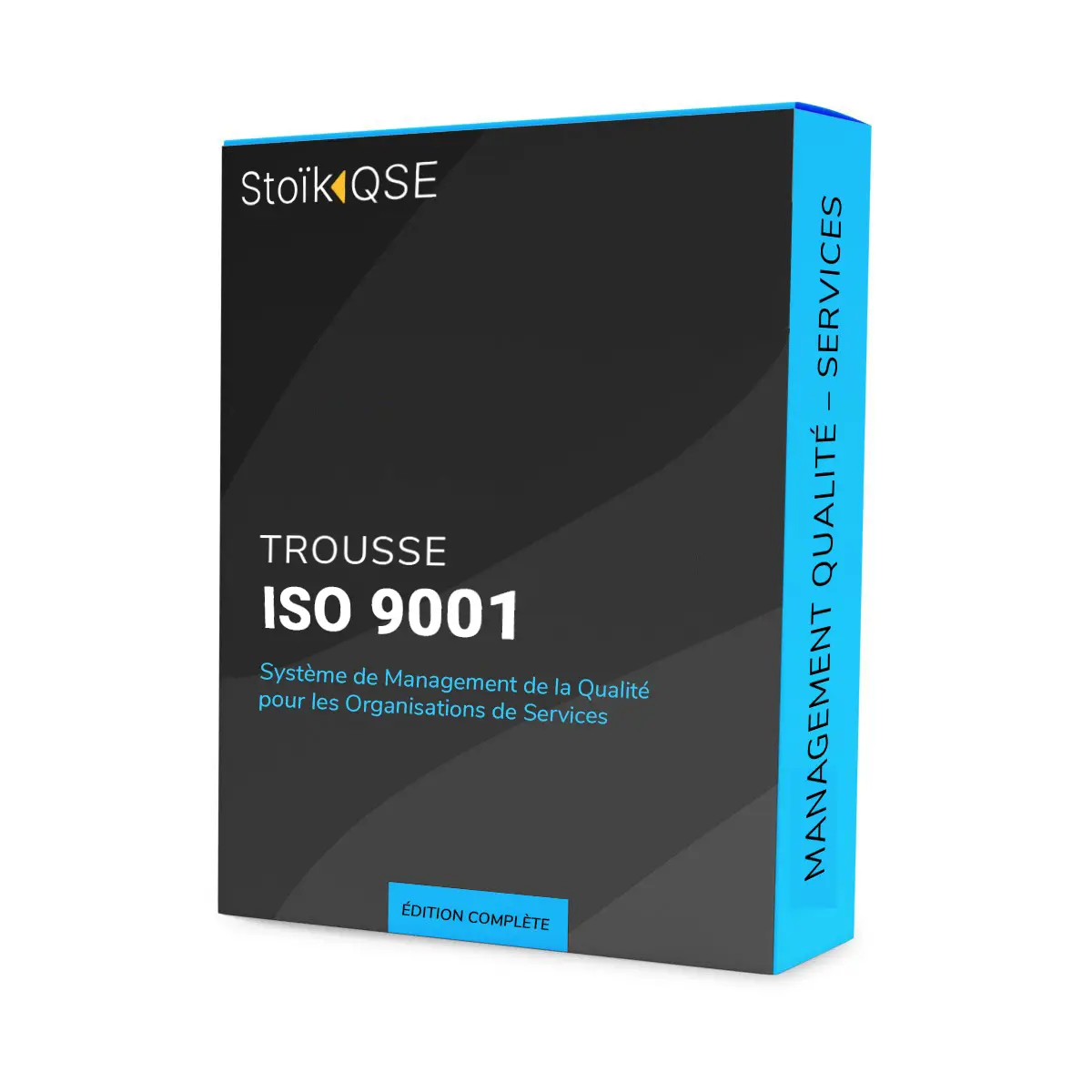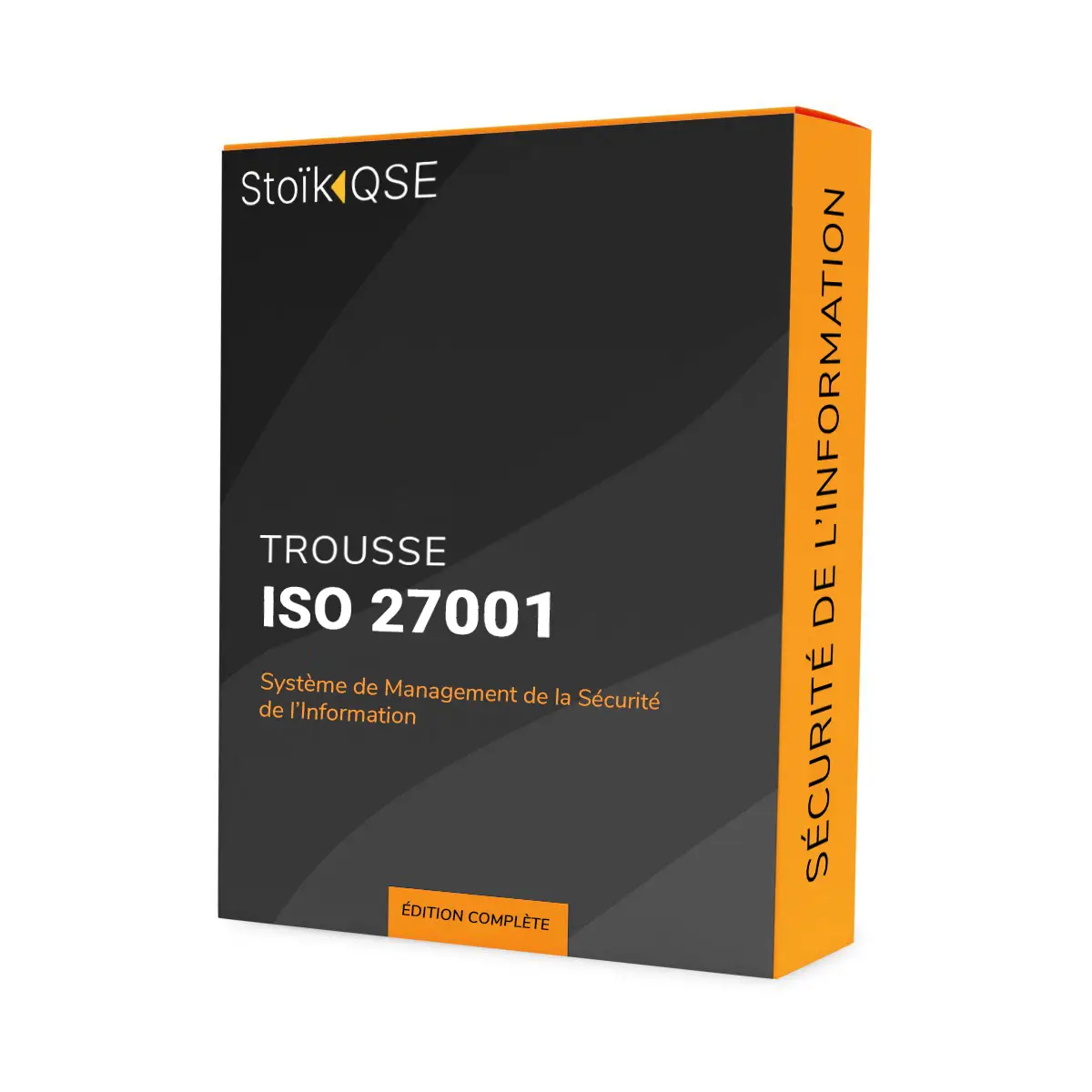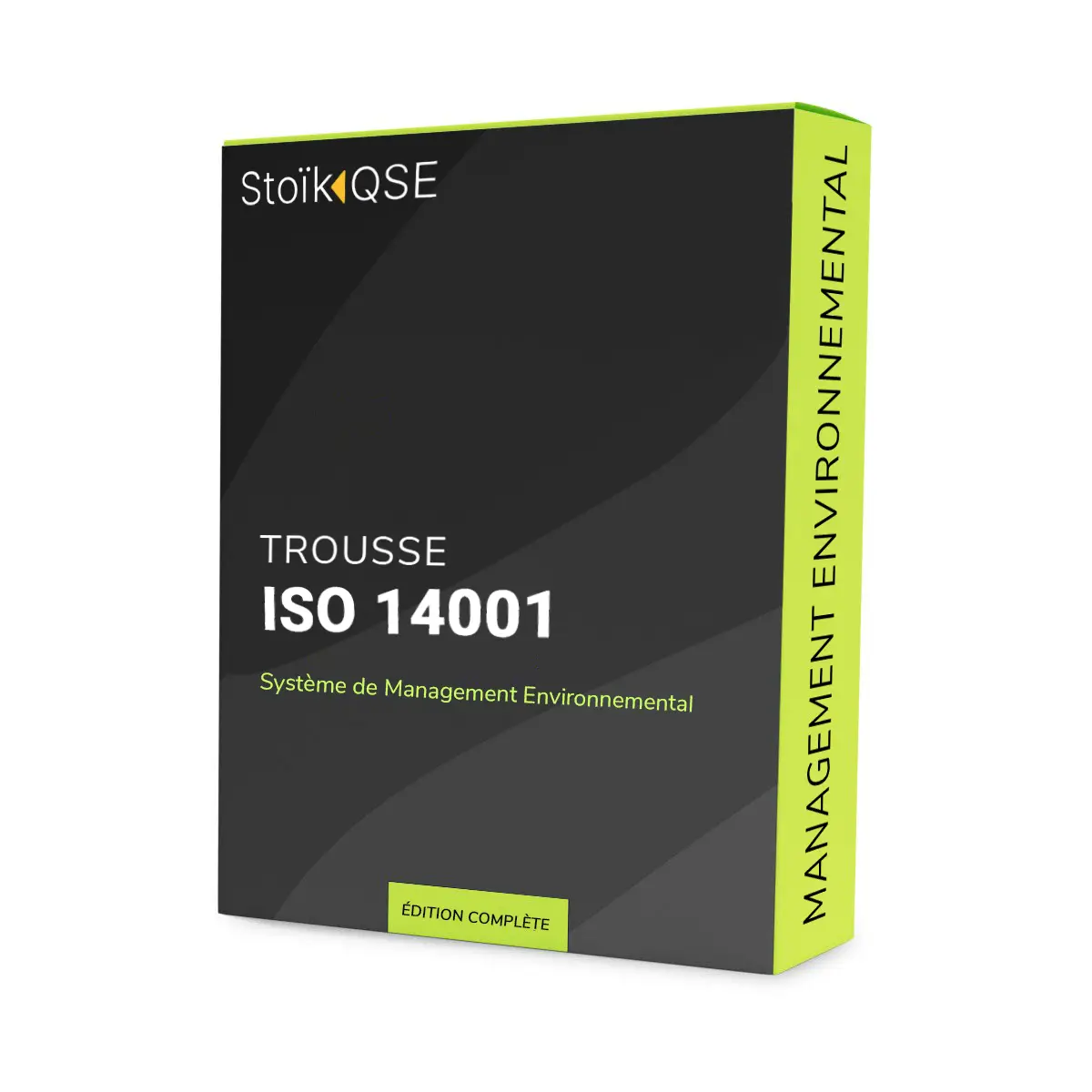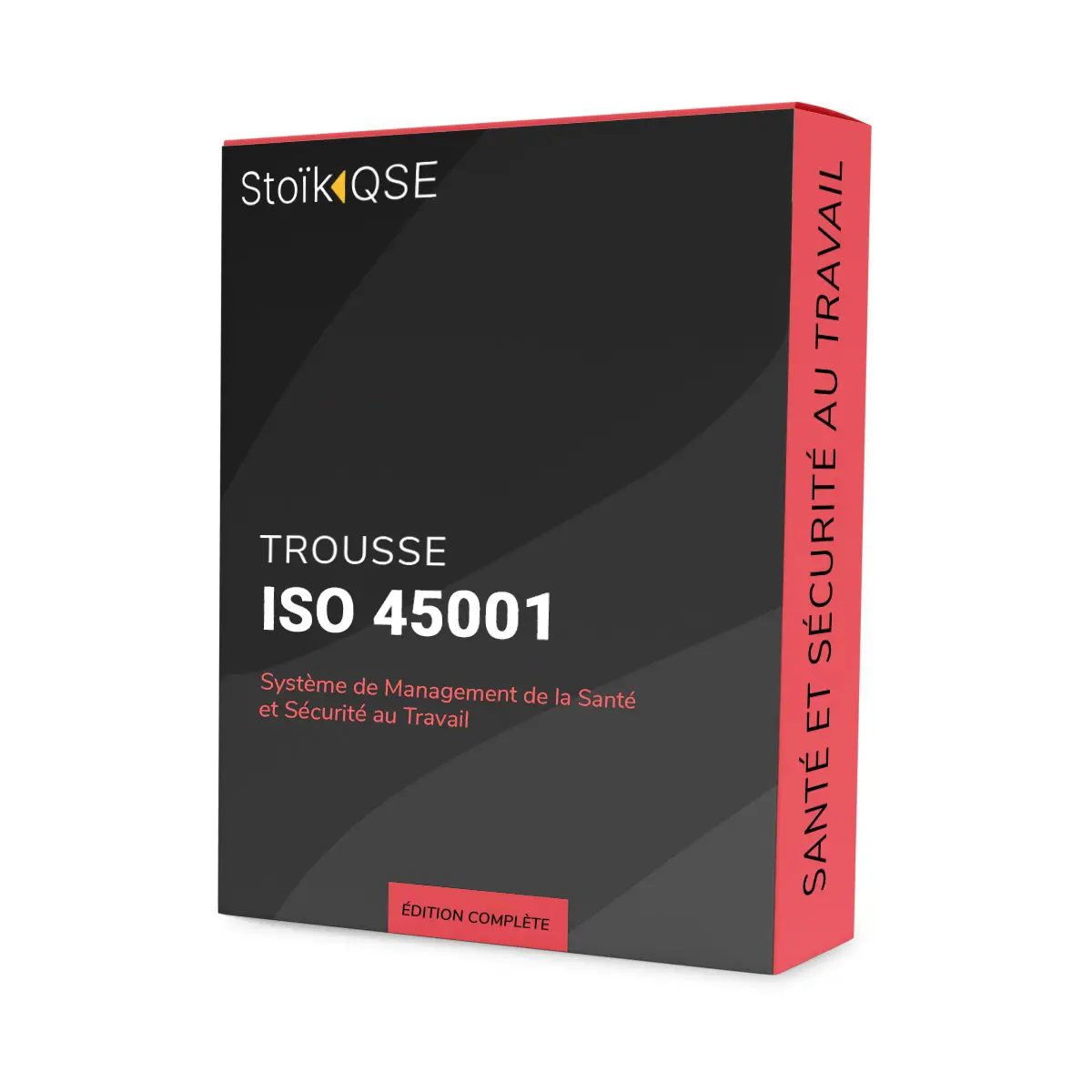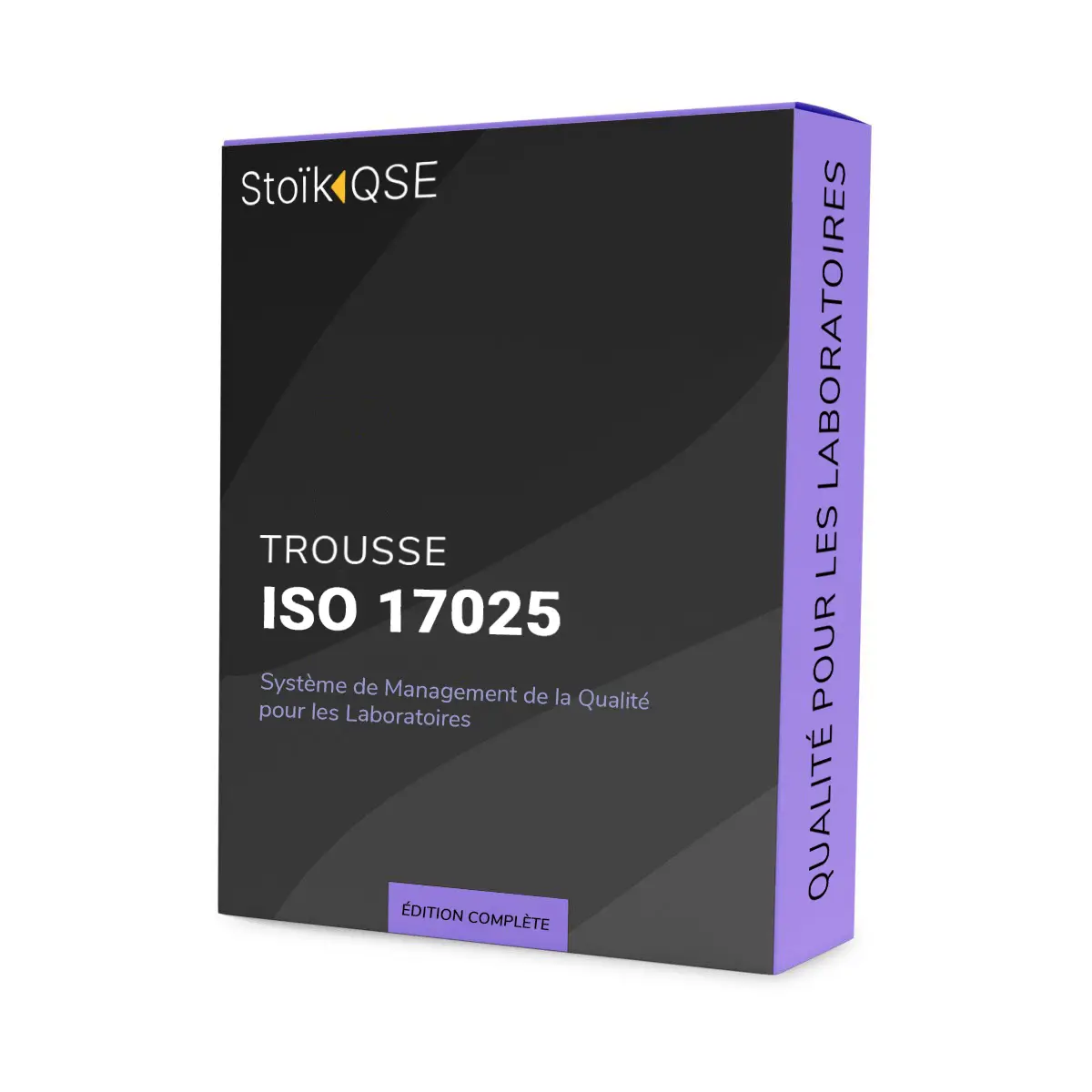What is ISO 14001?
An environmental management system (EMS)

ISO 14001 is an international standard that defines a structured framework for managing the environmental impacts of an organization's activities. It helps to reduce environmental risks, optimize the use of resources and improve overall environmental performance.
The key principles of ISO 14001
Proactive management of environmental impacts
ISO 14001 encourages companies to identify, assess and control their environmental impacts in order to reduce their ecological footprint.
Regulatory compliance
The standard guarantees that the organization complies with local and international environmental regulations, thus avoiding sanctions and boosting stakeholder confidence.
Continuous improvement
ISO 14001 encourages a continuous improvement approach to reduce environmental impact and adapt to regulatory and technological developments.
10 key steps to ISO 14001 implementation
1. Identify significant environmental aspects
Analyze your processes to identify activities with an impact on the environment (emissions, waste, energy consumption, etc.).
2. Establish an environmental policy
Define clear commitments to environmental protection, regulatory compliance and continuous improvement.
3. Choose a certification body
Select a qualified registrar and plan your collaboration to align audits with your objectives.
4. Map critical processes
Document processes with a direct or indirect environmental impact, to better control them.
5. Update or create procedures
Develop specific procedures for waste management, pollution prevention and resource optimization.
6. Train employees
Ensure that every employee knows his or her role in environmental management and has mastered best practices.
7. Assess environmental risks and opportunities
Analyze environmental risks (accidental pollution, non-compliance) and opportunities (cost reduction, green innovation).
8. Monitor and analyze performance
Evaluate environmental indicators (water consumption, energy, waste) and identify areas for improvement.
9. Conduct an internal audit
Check your system's compliance with ISO 14001 requirements before the external audit.
10. Conduct a management review
Analyze the effectiveness of the environmental management system and guide strategic decisions for continuous improvement.
What makes an environmental management system an asset?
Reducing environmental impact
Take a proactive approach to reducing emissions, waste and resource consumption.
Regulatory compliance
Avoid penalties and show your commitment to environmental compliance.
Optimizing resources
Improve process efficiency to reduce energy, water and raw material costs.
Enhancing reputation
Demonstrate your environmental responsibility to boost stakeholder confidence.
Anticipating risks
Identify and control environmental risks to avoid disruptions or costly incidents.
Further information
Would you like to implement ISO 14001 in your organization? Find out how we can help:
